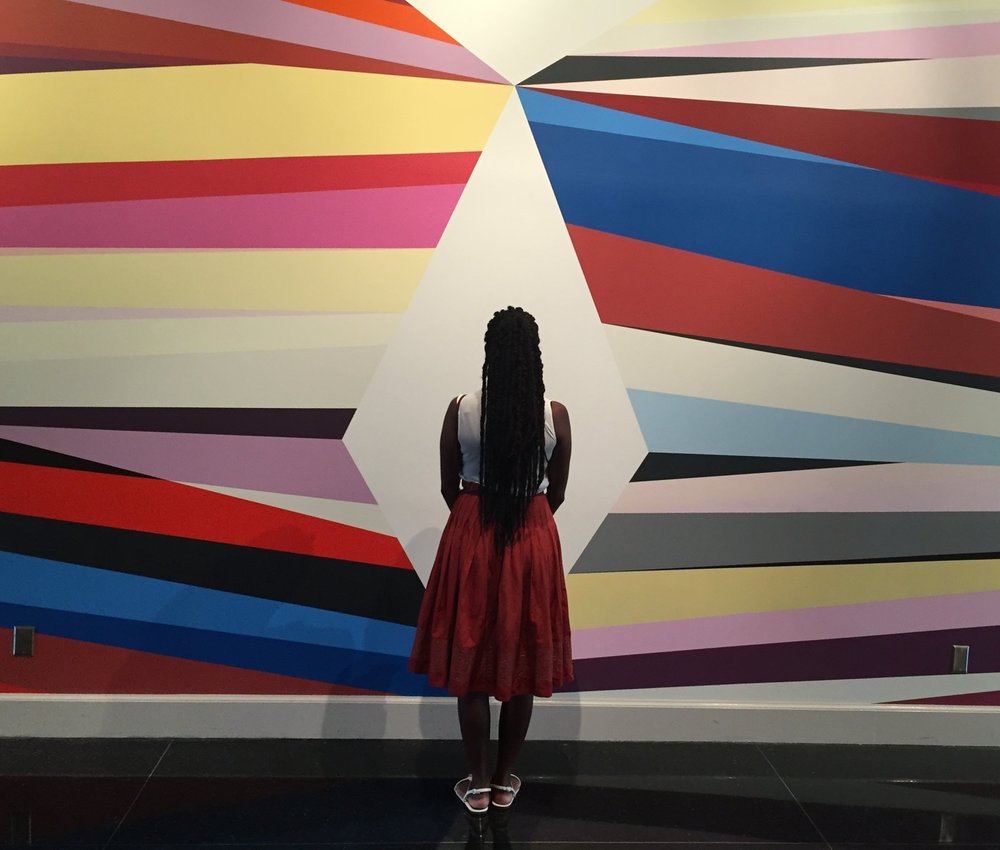Let’s face it! Museums need antiracist policies (measures that produce or sustain equity between racial groups) to interrupt the pervasive effects of racism in the field. In the US, racialization is the foundation of most everything and infuses many issues, so we must first take into account race. Cultural institutions are contextualized by politics, power, and economics which have been integral in the production, circulation, and racial exclusion still found throughout the sector today. This is a major point of contention that needs better framing within museums, since racial inequity is a web of related circumstances.
An antiracist initiative raises awareness and understanding of the multiple ways that racism and White privilege operate in the lives of individuals and museums. It reveals policies lurking behind the struggles of some and the advancements of others. Antiracist material and workshops are useful tools to illuminate how privilege and racial advantages are bestowed upon White people. It is crucial that museum leaders and boards take on this approach within their institutions to challenge themselves to go deeper. Then museums can embrace both diversity as well as model a commitment to racial justice. An antiracist orientation can help guide institutions through their resource allocation, out-reach practices, services offered, job requirements, and even embrace new narratives. It is widely known among people of color hired within these entities, that we are not expected to change the institution but to assimilate and maintain systems many museums were built on, whether or not it supports our best interest.
It is erroneous that cultural institutions keep pushing mostly for degrees in art history, museum studies, etc. Confronting the reality of race-based, socioeconomic disparities that are at play should be paramount. These credentials are timely, costly, and not necessarily more important than unrelated experience for opportunities that aren’t even well-paid, a luxury that not many can afford. (Note: Even when people of color have these qualifications they still have great difficulty finding adequate employment in museums.) It is a gatekeeping mechanism disguised as a discipline to uphold White western standards of the field. The pedagogy of the university programs, which many museum professionals participate in, often reinforce problematic narratives of high art/low art steeped in racism as well as the omission of people of color by design. They also perpetuate that one’s scholarly research trumps another’s hands-on experience, connection, or non-western approach to studies and interest in the arts.
Museums must reflect on whether their policies (written and unwritten laws, rules, procedures, processes, regulations, and guidelines that govern people) are producing or sustaining inequity between racial groups. And the only way to undo racism in the museum field is to consistently identify, describe, and then dismantle it. An antiracist approach also acknowledges and speaks out against the fact that many culturally-specific museums, created with a commitment to providing space, a consistent platform, and authentic voice for people of color they represent are still grossly underfunded when compared to predominantly white institutions. It is a financial underinvestment people of color know all too well.
I have more thoughts but I will continue reading Dr. Ibram X. Kendi’s new book How to Be An Antiracist for additional insight.
By Stephanie Cunningham, Co-Founder and Creative Director of Museum Hue
